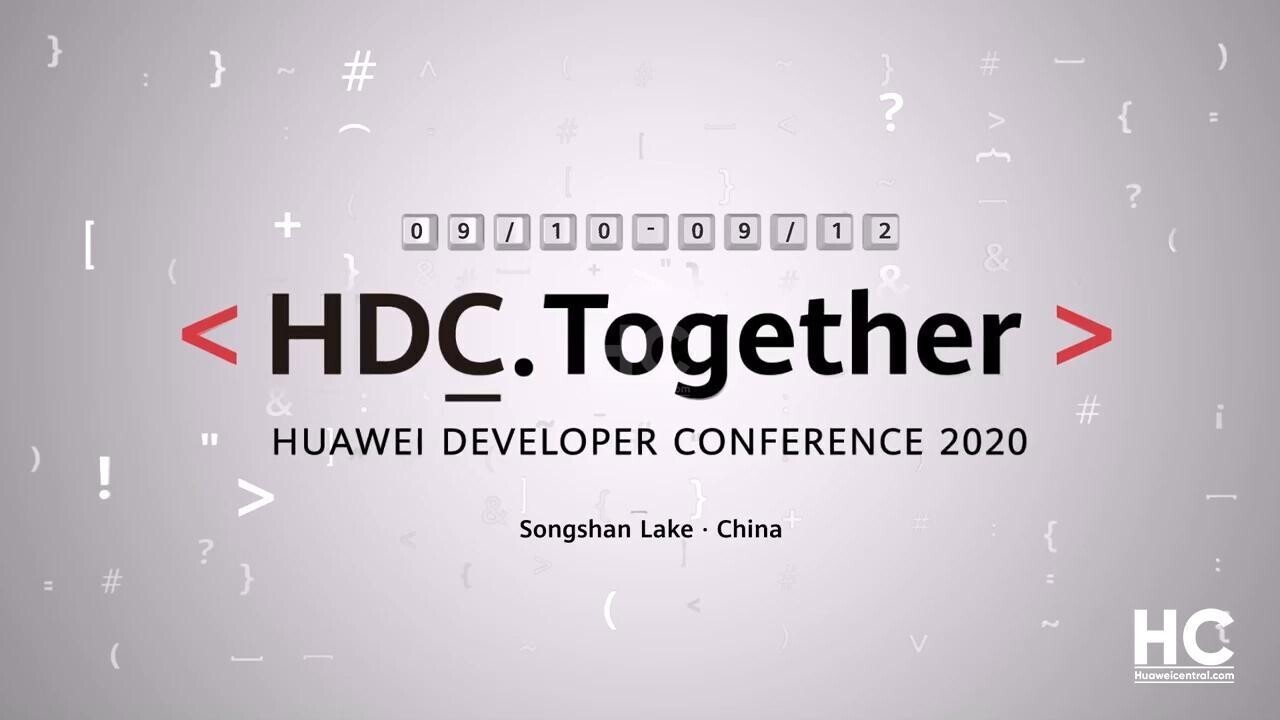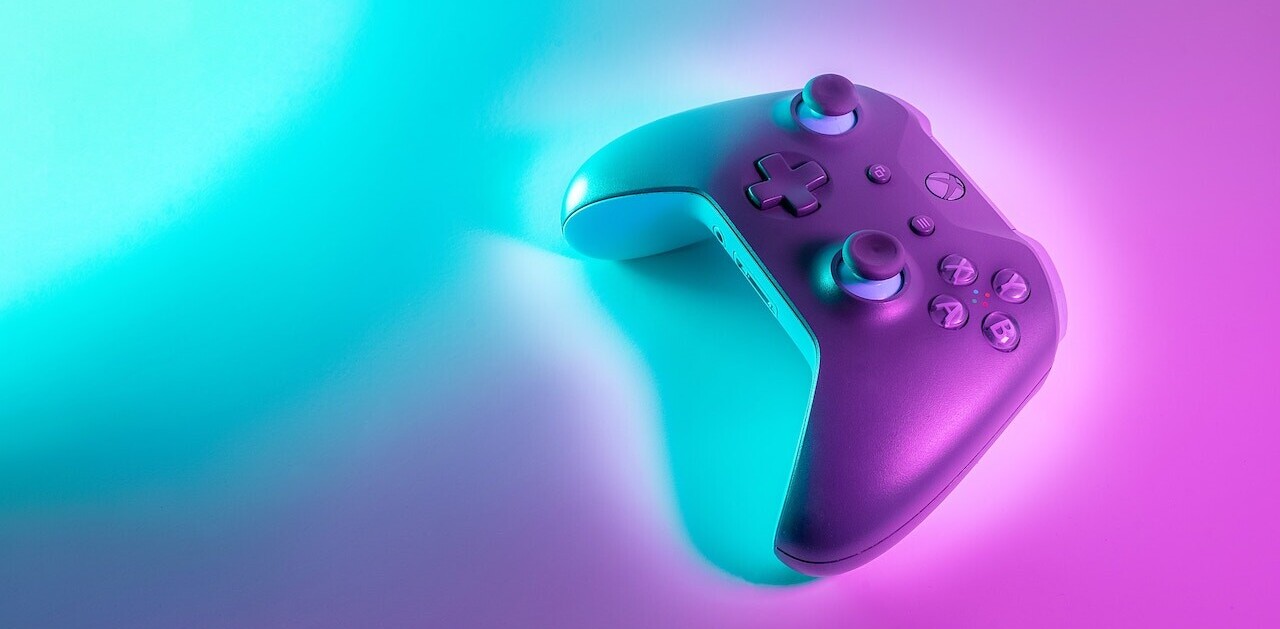
The day’s finally here! Huawei’s annual developer conference, HDC 2020, is taking place from September 10 – 12, at Huawei HQ in Shenzhen, China starting at 9 am today.
Aside from the usual developer fare — including breakout sessions in fintech, gaming, ecommerce, and travel & navigation — we’re expecting a handful of hardware announcements, as well as the latest developments on HMS Core 5.0, HarmonyOS, and EMUI 11. You can find the agenda here. Follow along the live stream below for the latest, and scroll down for our up-to-the-minute event coverage and reactions.
Live blog
Follow along with TNW’s live blog, which will be updated here throughout the day. Hit refresh for the latest.
[9:08] Off to a late start. I’m not mad. But if I hear the same song again I’m switching careers.
[9:12] And we’re off.
[9:18] HiCar, supported in 150+ vehicle models, could be in more than five million vehicles by 2021. The service is Huawei’s version of Apple’s CarPlay or Android Auto, and it sounds like the company has big plans for it in China. Don’t hold your breath that we’ll see this in the United States or Europe anytime soon, or at all.
[9:21] The rumors about HarmonyOS 2.0 are true. No word on a release date yet, though it was just announced. I don’t think this one surprises anyone, as Huawei has been teasing the latest iteration of an “all device” operating system for weeks now.
[9:23] Spoke too soon. We’ll see HarmonyOS 2.0 today for smart TVs, watches, and headsets. It comes to smartphones in December 2020. Huawei also just announced that it was open sourcing the operating system for collaborative development and the advancement of Chinese-built apps like TikTok.
[9:31] HarmonyOS 2.0 brings about improvements in throughput, latency, and reliability. The OS is built for multi-device connection and touts seamless integration of all devices, whether connected with WiFi or Bluetooth. Self-discovery and self-networking bring automatic connectivity no matter which device you’re trying to connect, how you’re trying to connect it, or which network you want to connect it to.
[9:36] Huawei’s touting the money and time that it has spent on creating “airtight” security.
[9:44] Three ways to join the HarmonyOS ecosystem: distributed SDKs, open source code, or applying targeted code. Over 12 million devices are currently using Harmony SDKs. There are 17 subsystems and 134 code repositories.
[9:48] HarmonyOS is coming to toasters. This actually looks pretty cool, similar to smart ovens like those offered by June and Tovala, only in an app with a connected oven. We’ll see it in everything from refrigerators to washers and dryers. I might need some convincing that a smart dryer is the future.
[9:59] DevEco 2.0, Huawei’s integrated development environment (IDE) brings real-time preview, code completion, security detection along with highly efficient debugging. It has a distributed scheduler, simulation modules, and automated testing.
[10:06] On to EMUI 11, Huawei’s Android-based, custom user interface. The demo video looks impressive. We’ll see smoother animations and interactions. Space sharing looks cool, a sort of split screen UI that’s more fluid than the snap interfaces we have today that split screens into two, three, or four. This fluid interface shifts space to one app while taking it from another as you resize in real-time.
[10:13] MeeTime brings human-like interactions to smart devices, connecting IoT devices to your phone or TV, for example. The hope here, according to Huawei, is that all devices can communicate with each other in the same way that humans do. MeeTime also brings screen sharing, a FaceTime-like service with real-time AI subtitles from English, Japanese, and Korean into Chinese.
[10:15] Translation isn’t just limited to audio. It also features text and image-based translation, platform-wide, using OCR.
[10:30] Seems Huawei is experiencing some technical difficulties. The keynote, scheduled for two hours, went dark several minutes ago on both Facebook and YouTube. We’ll update when, or if, it’s resolved.
[10:34] Twitter link is still working!
[10:37] Huawei’s ad engine, offering developers a way to monetize their applications, now features over 3,100 overseas apps. An on-screen demo video shows a variety of creative types, including advertising options that look native to the application, as well as those that offer pretty slick video or interactive integration.
[10:41] Map engine, a release from last year, has 11 new capabilities. Some of these include walking directions, public transportation, and enhanced navigation. Over 2,000 overseas apps have already integrated Map Kit, with Europe making up the biggest region outside of Asia.
[10:44] Location Kit offers a higher-precision positioning system that covers both indoor and outdoor requirements, with seamless switching between each, by combining multiple technologies, in 2D and 3D. Walking to a restaurant in a shopping center, for example, gets you directions to the center itself, and then guided directions once inside the building to find the restaurant itself.
[10:47] Huawei has optimized its global, mobile-first search engine. It currently serves 170+ regions, 50+ countries, and 20+ verticals, including local, shopping, news, and travel. It’s currently looking for additional partners to open up capabilities to support local applications.
[10:52] A project with an unnamed game developer saw a 13-16% increase in frame rate and a drop in power consumption by 11-13% using Huawei’s graphics rendering engine, Computer Graphics Kit.
[10:53] ML Kit provides text, voice, language, image, facial, and biometric-related AI services with a 70% improvement in detection speed for face recognition, and up to 90% faster with image recognition. ML Kit is powered by MindSpore, an on-device inference framework that developers can use to optimize their algorithms for speed increases of up to 20% and decreases in power consumption.
[10:57] Huawei is now talking about a Chinese-born, first-party DRM system that would protect content creators across multiple apps and platforms.
[10:59] Image Kit now features template-based animations while offering a number of new design capabilities. It’s lightweight, offering easy access to several filters and animations with a single API.
[11:01] AppGallery Connect helps developers with a one stop service that helps devs build, release, manage operations, and monitor analytics from a single source. It connects with Huawei Cloud, which features developer support, promotion resources, and a free migration period.
[11:19] HMS Core brings improved user interactions to the AI that drives IoT devices. Using HiLink, its one-stop developer platform, developers can design new features, firmware, configure products, and add interactive elements like voice control. From design to development, and debugging, everything can be done on one platform. The last 15 minutes-ish have been a sort of educational session with demost to show what HiLink and HMS Core are capable of and how both support developers in adding human-centric UI interactions.
[11:26] Huawei boasts 30,000 stores and sales channels, each giving consumers a glimpse of what it’s like to walk into a smart home full of connected devices.
It looks like that’s just about it for day one, and any new announcements at Huawei’s HDC2020 keynote. Thanks for stopping by and following along with our real-time updates.
Get the TNW newsletter
Get the most important tech news in your inbox each week.






